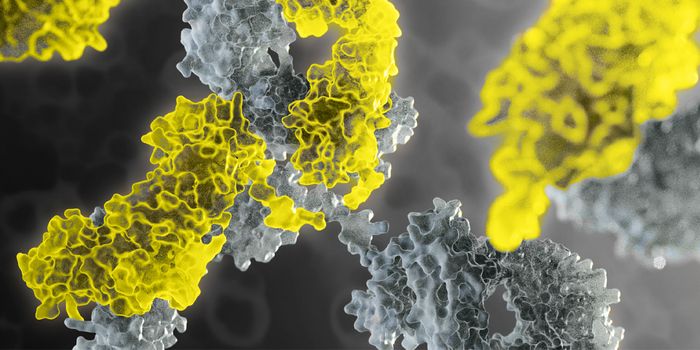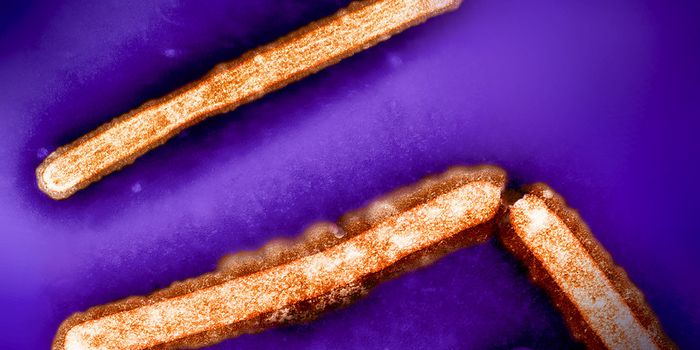Despite a rapid growth in food allergy cases, the proportion of children with telltale food antibodies in their blood did not increase over a nearly two-decade span.
An analysis of blood samples taken from the late 1980s to the early 2000s raises questions about what has caused recent increases not only in self-reporting of food allergies but also in emergency room visits and hospitalizations.
It may be that we are better today in recognizing and diagnosing food allergies, the researchers say. Or it may be that something has changed in how—and how often—antibodies can trigger food allergy symptoms.
“Since the 1990s, studies have shown the prevalence of food allergies in children has grown by at least 50 percent,” says Corinne A. Keet, associate professor of pediatrics at the Johns Hopkins University School of Medicine.
“Today, we think about 5 percent of children in the Unites States have a food allergy, with the most common triggering allergens found in milk, eggs, shellfish, and peanuts,” says Keet, senior author of the study in the
Journal of Allergy and Clinical Immunology. “Why allergies have seemed to increase, however, has been unclear and has led to a significant amount of research on causes underlying the food allergy ‘epidemic.'”
The new study involved testing blood samples taken from children from the 1980s into the early years of this century. The samples were analyzed for the presence of food-specific immunoglobulin E, or IgE; those are antibodies that are found in the blood of people who suffer allergic reactions to particular foods.
Antibodies are proteins produced by the body’s immune system to attack and remove outside threats, like viruses or bacteria. In allergies, the immune system may overreact to something—like a specific food—that is harmless to most people.
The researchers analyzed data from nearly 8,000 children ages 6 through 19 as part of the National Health and Nutrition Examination Survey. Some samples were collected between 1988 and 1994 and recently analyzed for food-specific IgE by the authors. Others were collected in 2005 and 2006, with food-specific IgE measured then.
Overall, the team found no increase in the fraction of children shown by their antibody levels to be sensitive to peanuts, milk or eggs; the number with antibodies to shrimp actually decreased.
“We were really very surprised,” Keet says.
“It’s important to know whether changing sensitization to foods underlies these trends,” she says, “because if sensitization hasn’t changed, then continuing to look for environmental factors that affect sensitization may not answer why food allergy has increased.”
One possible explanation, Keet says, is that parents, patients, and physicians are simply more aware of food allergies today than they were a few decades ago.
“In the past, there may have been more people who just didn’t eat a food because it made them feel sick, but they didn’t necessarily call that an allergy,” Keet says. “Today, we may be much more likely to suspect allergy when a child has a rash or other symptoms after eating a certain food.”
Another possibility relates to the fact that—although IgE antibodies are essential for an acute food allergy reaction—many people with IgE antibodies to foods can eat those foods without problem. Something may have changed over the past few decades, the researchers say, in how food-specific IgE helps to trigger clinical food allergy.
“For example,” says Emily McGowan, assistant professor of medicine at Johns Hopkins and first author of the study, “a recent study showed that introducing peanuts early in infancy prevented most peanut allergies but didn’t really lead to decreased rates of having IgE to peanuts. We don’t really understand all of the reasons why one person with IgE to a food will have serious reactions to the food, while another can eat it without problems. This is an area that needs more research.”
Additional researchers involved in this study were from Johns Hopkins and the National Institute of Environmental Health Sciences. Funding was provided by the National Institute of Allergy and Infectious Diseases, the National Institute of Environmental Health Sciences, and the National Center for Advancing Translational Sciences.
Source:
Johns Hopkins University
This article was originally posted on
futurity.org.









